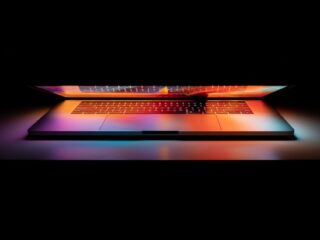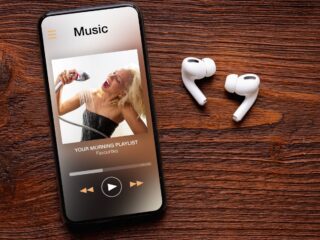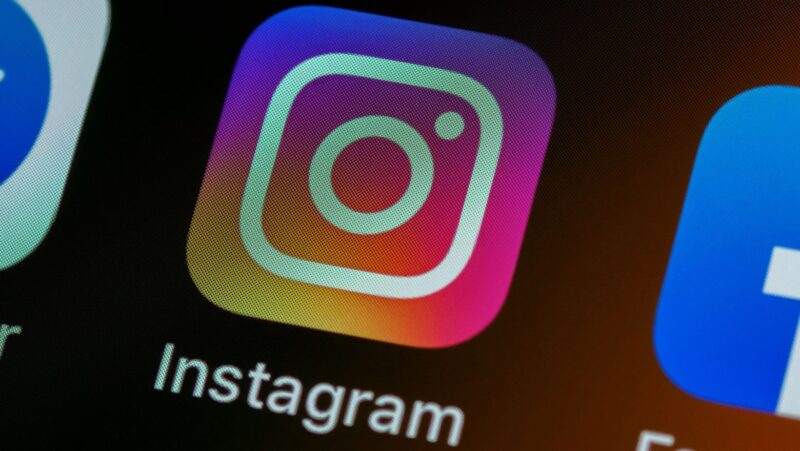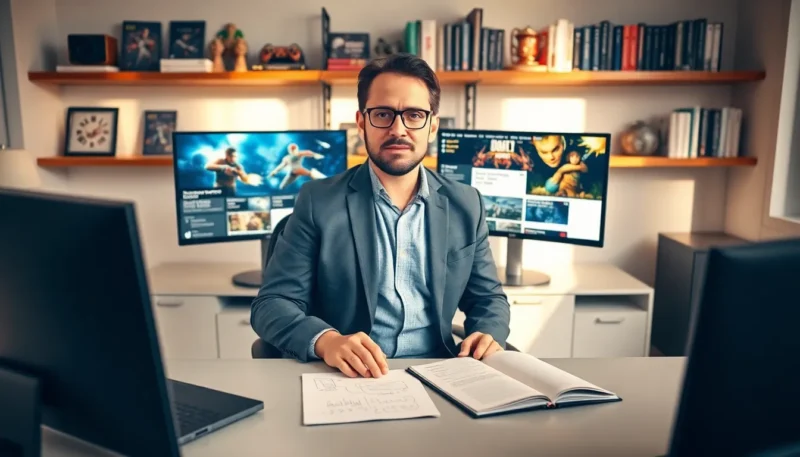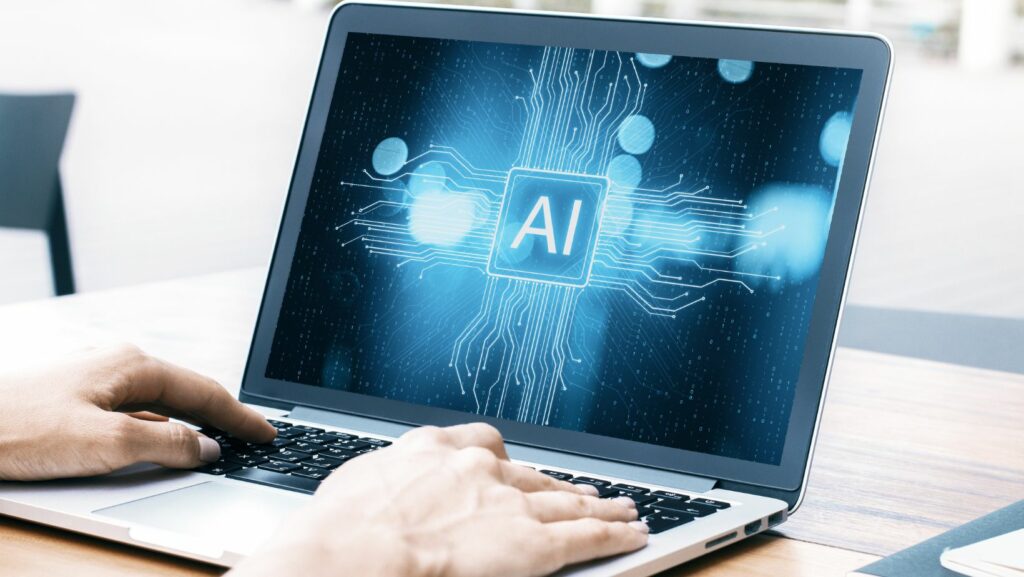
Introduction
The world of professional photography is undergoing a fascinating transformation with the rise of artificial intelligence (AI). AI headshot generators are emerging as powerful tools, offering efficiency and creative possibilities for photographers and individuals alike. However, this exciting development raises crucial questions regarding Copyright and legal ownership.
Benefits of AI Headshot Generators
AI headshot generators have swiftly gained traction in various industries, offering numerous benefits over traditional headshot photography methods.
- Efficiency: With AI headshot generators, businesses and individuals can produce professional headshots rapidly and at scale, eliminating the need for lengthy photo sessions.
- Cost-Effectiveness: Traditional professional headshot sessions can be expensive, particularly for businesses requiring numerous headshots. AI headshot generators provide a more affordable alternative without compromising quality.
- Customization: Many AI systems allow for customization options, enabling users to tailor headshots according to specific preferences such as background, lighting, and facial expressions.
Who Owns The Copyright In An Ai-Generated Headshot?
The murky waters of copyright law become especially challenging when dealing with AI-generated content. Traditionally, copyright protection is granted to original works of authorship. But who is the author in an AI-generated headshot?
Here’s where things get interesting:
- The AI itself cannot be an author: Current copyright laws don’t recognize AI as a legal entities capable of holding intellectual property rights.
- The argument for human authorship: If a photographer utilizes an AI generator with significant creative input, such as detailed prompts, editing, and selection of final images, a case can be made for human authorship and copyright ownership.
- The role of the AI platform: The specific terms of service (TOS) of the AI platform you use are crucial. Some platforms might retain ownership of the generated content, while others might grant you a license for specific uses.
The takeaway: Carefully analyze the TOS of the AI platform you choose. Look for clauses that address copyright ownership and how you can use the generated images.
Navigating Legal Minefields
While the benefits of AI-generated headshot photography are undeniable, the legal landscape surrounding this technology is intricate and nuanced.
- Intellectual Property Rights: One of the primary legal concerns pertains to intellectual property rights. Who owns the rights to AI-generated headshots—the creator of the AI system, the user who inputs the parameters, or the subjects of the headshots?
- Copyright Ownership: In traditional photography, the photographer typically owns the Copyright to the images they capture. However, in the case of AI-generated headshots, determining copyright ownership becomes more complex. While the AI system itself may be considered a tool created by its developer, the input provided by the user influences the final output. As such, copyright ownership may be shared between the AI developer, the user, and potentially even the subjects of the headshots.
- Rights of the Subjects: Another consideration is the rights of the individuals depicted in the headshots. In many jurisdictions, individuals have certain rights over the use of their likeness, including the right to privacy and the right to control commercial use of their image. AI-generated headshots raise questions about consent and the extent to which individuals are aware of and consent to the creation and use of their digital likenesses.
- Fair Use and Transformative Works: Fair use is a crucial concept in copyright law that allows for the limited use of copyrighted material without permission from the copyright holder. However, the application of fair use in the context of AI-generated headshot photography is contentious.
- Transformative Nature: Fair use often applies to transformative works that add new expression or meaning to the original material. AI-generated headshots could be considered transformative if they significantly alter the original input to create a new and distinct work. However, determining the threshold for transformation in AI-generated headshots poses a challenge for legal interpretation.
- Commercial Use and Licensing: For businesses utilizing AI-generated headshots for commercial purposes, licensing agreements play a vital role in establishing the terms of use and ensuring compliance with copyright law.
- Licensing Agreements: Businesses must carefully analyze licensing agreements when using AI headshot generators to ensure they have the necessary rights to use the headshots for their intended purposes. Failure to secure proper licenses could result in legal repercussions, including copyright infringement claims.
Ultimate Practices for Users
To mitigate legal risks associated with AI-generated headshot photography, users should adhere to best practices and exercise diligence in their use of AI systems.
- Understand Copyright and Licensing: Educate yourself on copyright law and licensing agreements to ensure compliance with legal requirements when using AI headshot generators.
- Obtain Consent: Obtain consent from individuals depicted in AI-generated headshots, particularly if the headshots will be used for commercial purposes.
- Credit and Attribution: Provide proper credit and attribution when using AI-generated headshots, acknowledging the contributions of both the AI system and the individuals involved in the creation process.
- Consult Legal Professionals: When in doubt, consult legal professionals specializing in intellectual property law to obtain guidance and clarity on complex legal issues.
Minimizing Risks:
- Choose reputable AI platforms: Opt for platforms that disclose the origin and copyright status of their training data.
- Provide clear and specific prompts: The more specific you are with your prompts (lighting, pose, background, etc.), the less likely the AI is to generate an image that resembles a copyrighted work.
- Analyze the generated headshots carefully: Before using an AI-generated headshot, scrutinize it for any unintended similarities to existing copyrighted works.
Beyond Copyright: Ethical Considerations
Copyright is just one aspect to consider. AI-generated headshots also raise ethical concerns:
- Misrepresentation and manipulation: AI headshots can be easily manipulated to create a false representation of someone’s appearance.
- Bias in AI algorithms: AI algorithms trained on biased datasets can perpetuate stereotypes and biases in the generated headshots.
Using AI responsibly:
- Transparency: Be upfront with clients or anyone viewing the headshots if they were generated using AI.
- Authenticity: Consider using AI-generated headshots as a starting point, but always strive for a natural and authentic look in the final image.
The Future of AI-Generated Headshot
The legal landscape surrounding AI-generated content is likely to evolve as technology advances. However, by understanding current copyright considerations and ethical concerns, photographers and individuals utilizing AI headshot generators can navigate this new frontier responsibly.
Here are some additional points to consider for the future:
- Standardization of copyright ownership: As AI technology becomes more sophisticated, there might be a push for legal recognition of AI authorship or the establishment of clear ownership models for AI-generated content.
- Regulation of AI training data: Regulations might be implemented to ensure that AI platforms only use properly licensed data for training purposes.
By staying informed and using AI responsibly, we can ensure that this exciting technology enhances the world of headshot photography while respecting Copyright and ethical considerations.
Conclusion
AI-generated headshot photography represents a groundbreaking advancement in the field of visual content creation, offering efficiency, affordability, and customization. However, the legal and Copyright implications surrounding this technology require careful consideration and adherence to best practices. By navigating the complexities of intellectual property law, obtaining proper consent, and implementing diligent usage practices, businesses and individuals can harness the power of AI headshot generators while minimizing legal risks. As this innovative technology continues to evolve, proactive engagement with legal frameworks will be essential to ensure ethical and legal compliance in the realm of AI-generated headshot photography.




